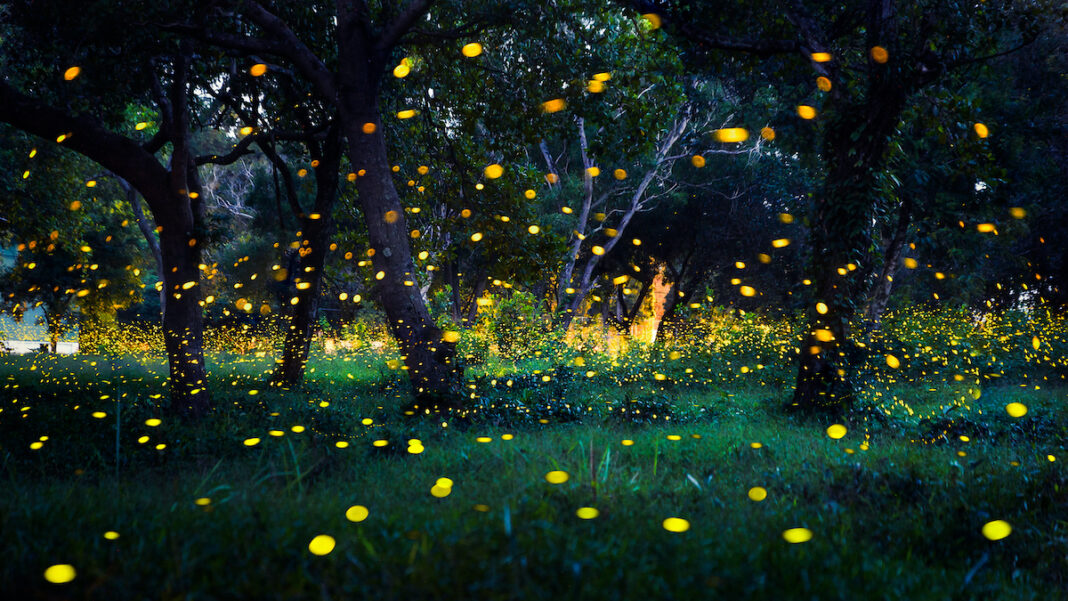This summer, I was treated to a private light show in my backyard, as were a few of my neighbors. On a sticky June evening, the sky was shrouded with bioluminescence, emitted from the hundreds of fireflies; their emerald flickers contrasted against the velvet navy of the night. The crescent of the moon hung in the corner of my periphery, its silver glow competing for glory. It was an incredible scene, and my first time seeing fireflies in person — I used to live in a city where it was too bright to see them (if they were even there). Overcome with joy, I was compelled to savor the novelty of this event: I had to see as many fireflies as possible. In a flash I sprinted out my door, dashing around my neighborhood with a maniacal grin.
However, I noticed that the fireflies were few and far between — clustered on some lawns and utterly absent on others. I wondered, why? In a flash, or a flicker I should say, it came to me: The fireflies were nowhere to be found on the lawns with the plastic signs warning pregnant women to steer clear — the properties sprayed with pesticides. While the homeowners themselves might have prioritized a green lawn over this light show, the ramifications of pesticide use most directly affect fireflies. Firefly populations are dwindling, with a recent study by the Xerces Society finding that one in three North American firefly species is at risk of extinction. There are plenty of ways humans are making survival perilous for fireflies, but pesticide use is one of the top issues. Fortunately, there is a simple solution: No more pesticides.
Sixty years after Rachel Carson published her groundbreaking book, Silent Spring, we’re still not heeding her message. While the use of DDT may be almost entirely eradicated, the use of its many replacements has not ceased. Fortunately, at least for now, we still have the fireflies and the ability to change.


